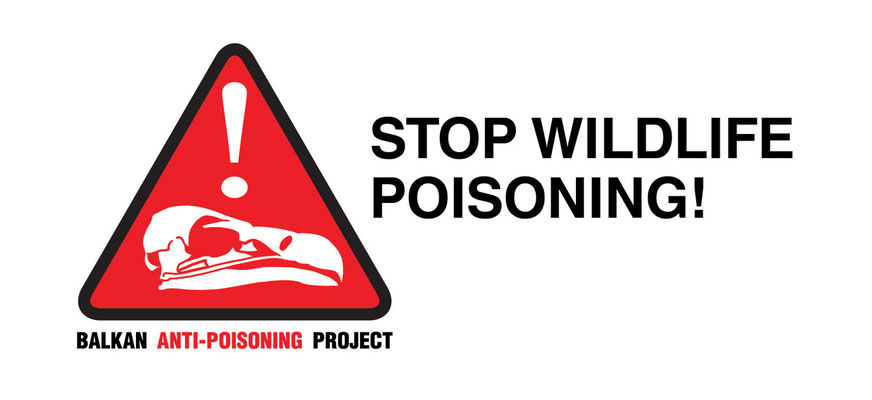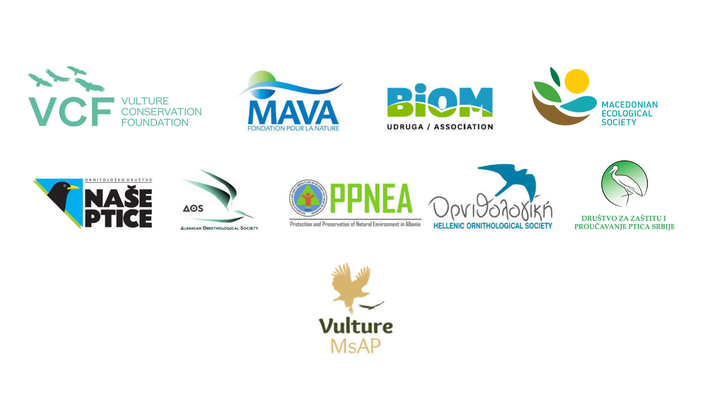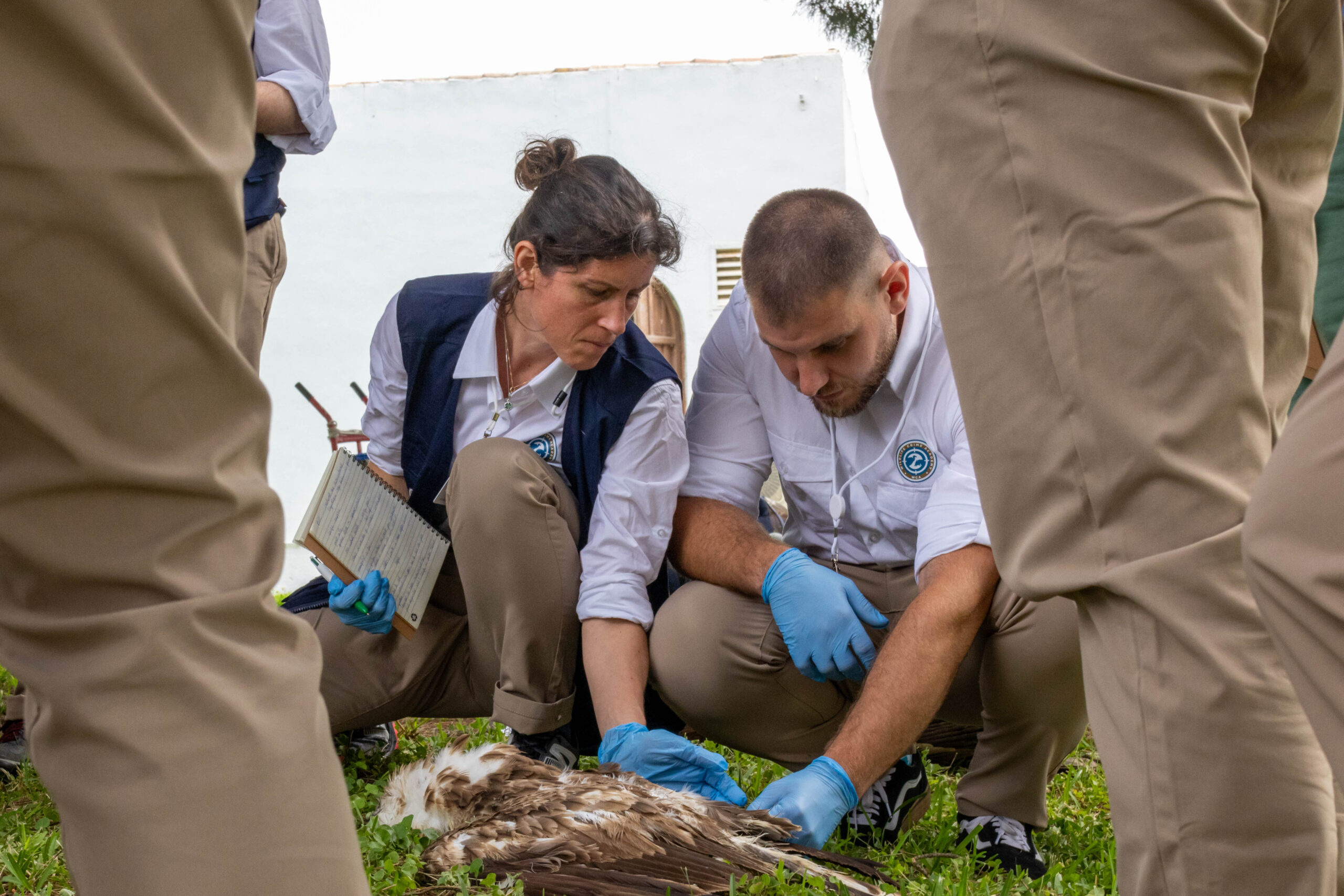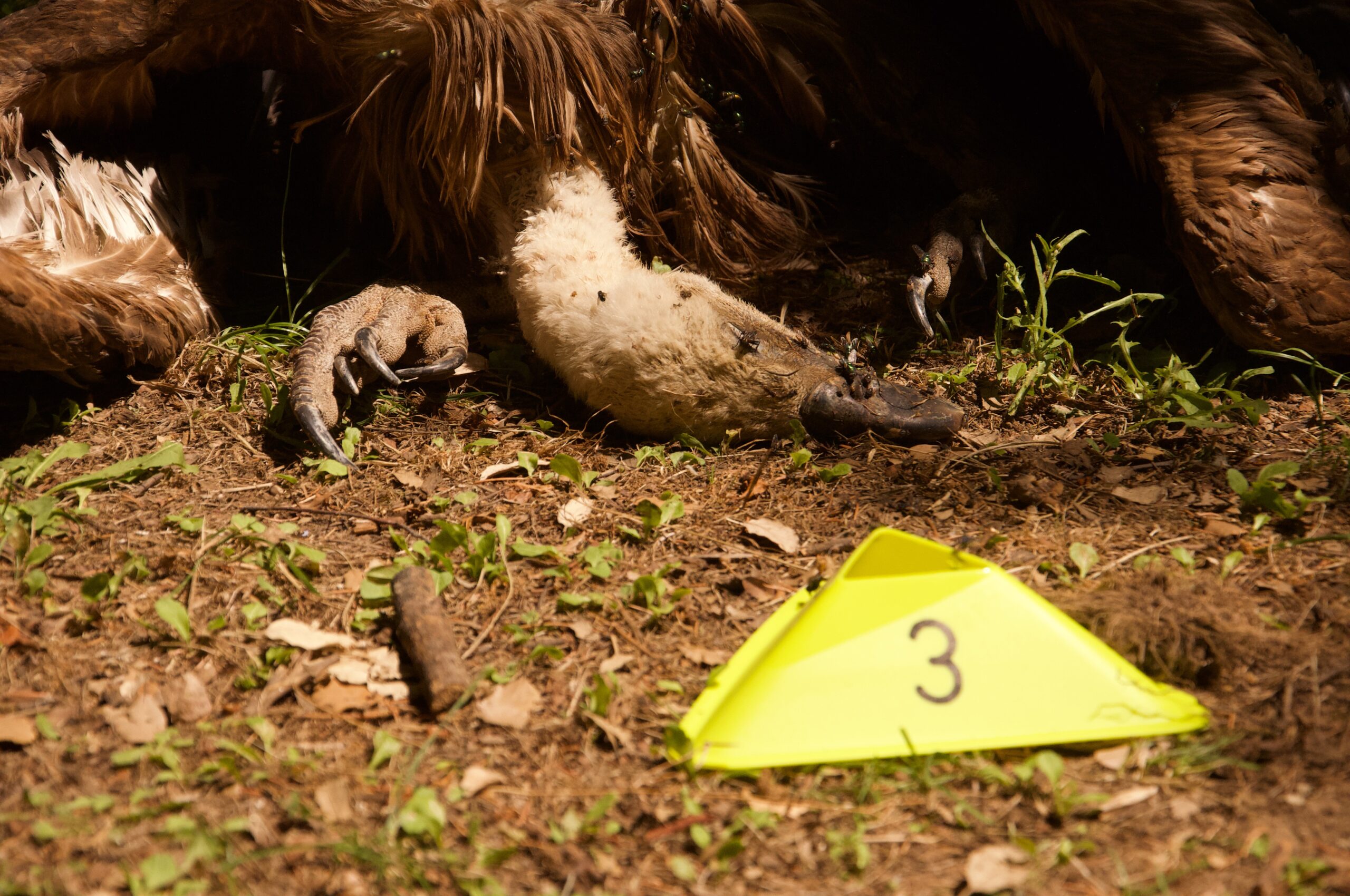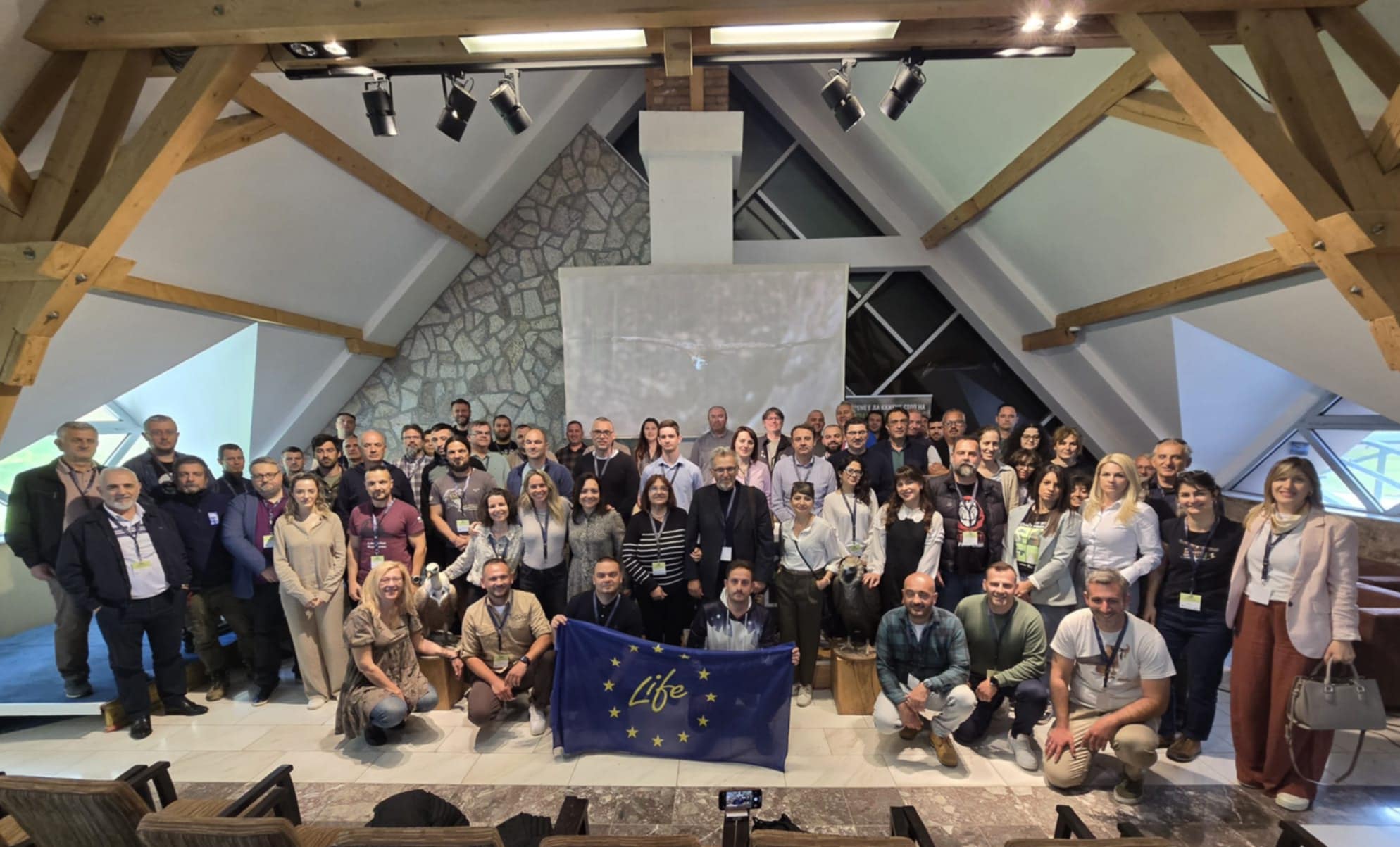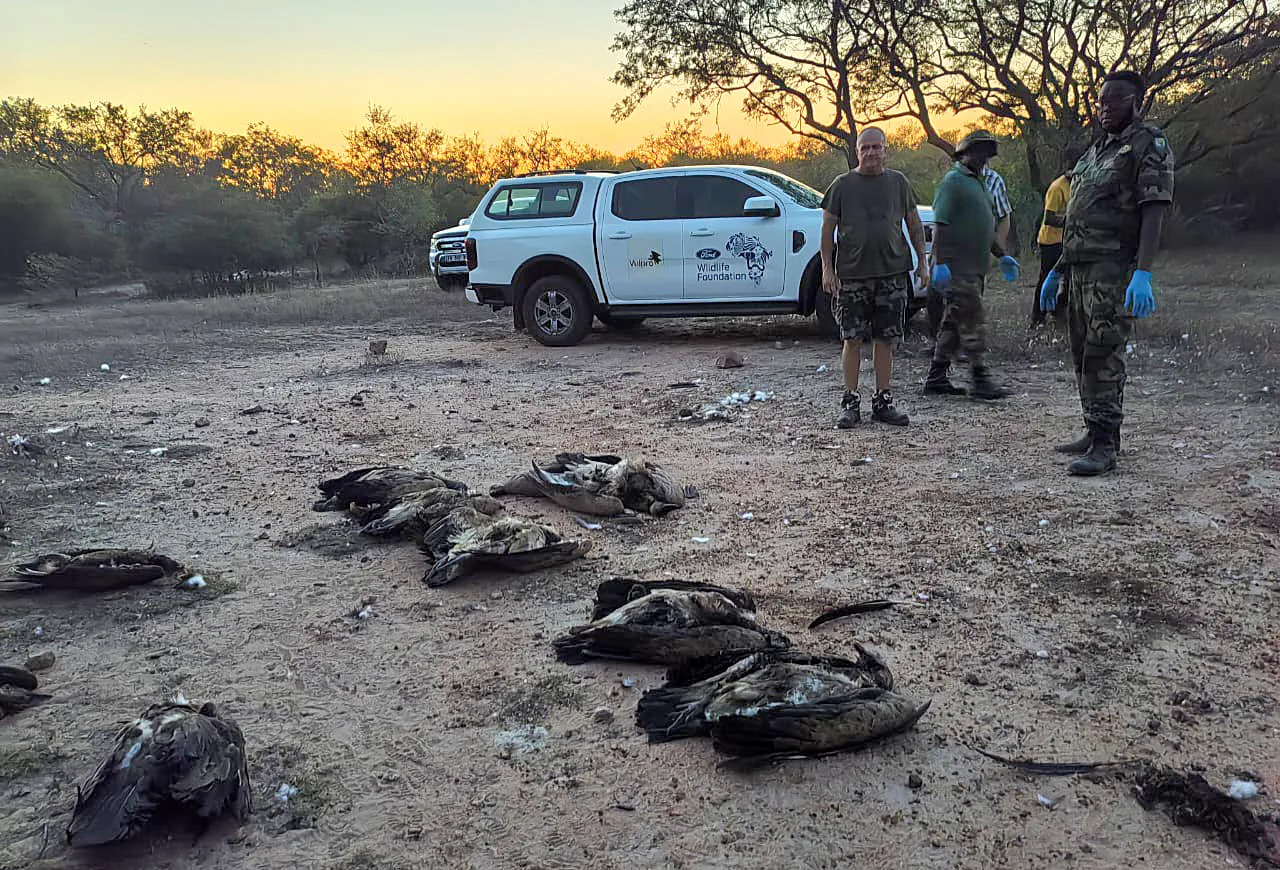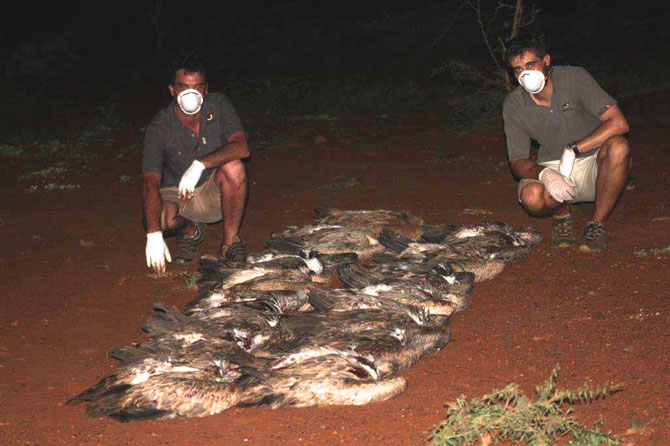
Unfortunately, yet another mass poisoning incident occurred in Africa, ending 2019 on a sad note for vulture conservation. Two days before Christmas in Northern Zululand, 16 vultures met a tragic fate. The continuation of such poisoning incidents are causing alarm for the region’s diminishing vulture populations fearing that they could face extinction. This has been an overall unfortunate year for vultures affected by poisoning in Africa, with more than 1,200 vultures estimated to have been deliberately poisoned across Southern and Eastern Africa, according to the Endangered WildLife Trust (EWT).
Latest mass poisoning in Zululand
Just after releasing two rehabilitated vultures rescued from a different poisoning incident, WildLife ACT was alerted with another episode on 23 December in KwaZulu-Natal. Fifteen White-backed Vultures (Gyps africanus) and a young Lappet-faced Vulture (Torgos tracheliotos) were killed after feeding on a poison-laced impala carcass.
“Arriving at a scene like this with everything so fresh, but too late to assist in saving any poisoned birds is heartbreaking. Losing one vulture is always a tragedy. Losing at least 16 birds at one feeding is a crisis,” said PJ Roberts, manager of Wildlife ACT’s Emergency Response Team.
Wildlife ACT works closely with Ezemvelo KZN Wildlife, local farmers and communities, and other conservation groups to protect the Critically Endangered White-headed Vulture and White-backed Vulture, and the Endangered Lappet-faced Vulture in KwaZulu-Natal.
The first dead bird found was a White-backed Vulture that had a full crop (still containing undigested food), contorted feet and many dead flies around it, indicating the use of fast-acting poison. The team swept the area on the ground, but it needed an aerial search to locate more victims. “We landed to find the devastating remains of multiple birds hidden at the base of the tree. Included in this discovery was the removed, yellow, wing tags of H065; a young Lappet-faced Vulture tagged in Hluhluwe-iMfolozi Park in October 2017 as a fledgling. No more than 30m away, the morbid discovery of 13 processed and harvested White-backed Vultures, with their heads and feet removed, were found very purposefully hidden in a thick bush,” said Roberts.
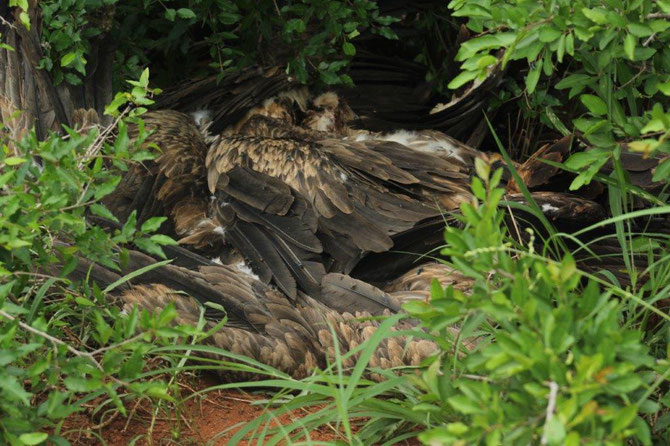
The situation suggested that the vultures were deliberately poisoned for belief-based use. “The vultures are killed for their heads and feet and other parts. This is definitely the single biggest threat to diminishing vulture populations in this province,” said Chris Kelly, a species director at Wildlife ACT. In many parts of Africa, vulture body parts are believed to provide medicinal benefits, have psychic powers, and even bring luck. Their parts are consumed for different reasons across Africa, and so poachers kill vultures to sell their body parts.
To prevent any more casualties, the rangers burned all the contaminated carcasses to ash to remove the poison from the ecosystem.

This incident was the fourth vulture poisoning in northern Zululand this year, bringing the total recorded number of vultures harvested for body parts in this region alone to 53. The actual number of birds killed is believed to be much higher as many incidents are never detected.
Source: Mongabay
Well done to Wildlife ACT, KZN Wildlife and other organisations for swiftly responding and decontaminating the scene, potentially preventing other wildlife mortalities. These organisations in Africa are committed to reducing the impact of wildlife poisonings and work hard to tackle this severe threat to wildlife and vultures. We hope that unfortunate events like these will be rarer in 2020!
State of vultures and conservation actions in Africa
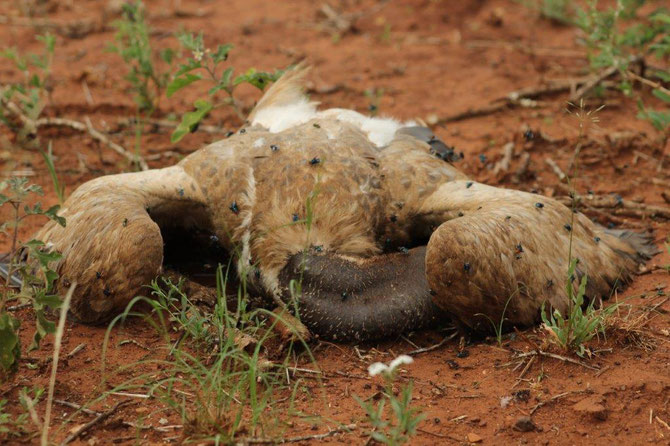
Unfortunately, mass poisonings in Africa are successive and frequent, driving several species of African vultures to extinction. This, of course, causes a devastating effect on the population but also the surrounding environment, as vultures are essential for the ecosystem.
In the past 30 years, some African species have declined by 80%. Seven of Africa’s vulture species are on the edge of extinction, with four species considered Critically Endangered, while three other species are endangered. The Vulture Multi-species Action Plan (Vulture MsAP), co-developed by us here at the Vulture Conservation Foundation, and endorsed by the Convention for Migratory Species (CMS), concludes that poison is the biggest threat to vultures worldwide and a significant part of this global action plan for vultures focuses on the actions needed to fight this threat. Furthermore, the Vulture MsAP is a global strategic blueprint identifying priorities and actions to conserve 15 species of old world vultures, approved in the conference of the parties of the Convention for Migratory Species, which states that poison with poisoned baits (often against predators of livestock) is the main threat to vultures worldwide.
How we tackle vultures’ biggest threat
The VCF is particularly active in fighting this threat and is implementing many projects across Europe and many actions against poisoning. We are also in contact with some African colleagues fighting this threat, but the news coming from that continent are even bleaker than from Europe – seems that the African vulture crisis that led to several African vulture species being considered globally endangered in the last few years is continuing. In Europe we are actively pursuing different lines of work to fight this threat, among which is the Balkan Anti-Poisoning Project, funded by the MAVA Foundation. The project is working and funding local partners in five counties (Croatia, Albania, Bosnia-Herzegovina, North Macedonia and Greece) to try to eradicate this illegal and highly damaging practice.
